Procrustes, 15 July 2020.
Is Ottawa going against an international cost-reduction trend in putting all its surface warship eggs in a one, large, expensive Canadian Surface Combatant (CSC) design basket? Herein lies the age-old quality versus quantity debate concerning naval fleets.
In one sense, the impulse toward a capable, general-purpose fleet is understandable. If you cannot afford a large number of smaller, purpose-built warships, then you try to load as much flexibility and versatility into the limited number of platforms you build. Often in the face of politicians’ pleas for smaller, more economical ships, our Navy has repeatedly made the case that, by planning to take care of the most demanding missions first, then other roles generally would be covered off as well. And the most onerous missions required a fairly large, well-armed, general-purpose surface ship.[1]
Canada's problem is that Ottawa tends in practice to procure low-to-middle capability ships, but always with a high-end price tag. In terms of capability, the DDH-280 destroyer may have been an exception with its area air-defence weapons, but its antecedents, and even the Halifax-class frigates which followed it, were primarily anti-submarine warfare platforms. In the latter case, with some limited general-purpose versatility added in. At the same time, each ship class cost much more than expected - some being labeled ‘Cadillacs’ of their day. The result? Over the years, Canada has systematically priced itself out of an affordable navy.
And Canada is not alone in this trend. Even the United States is experiencing the affordability squeeze on its naval force posture as is the United Kingdom.
Driven by budget constraints, the USN is divesting some of its larger, high-end/high-value naval assets in favour of more middle size, lower-end ships. Senior US Navy officials support the idea of shifting the USN’s surface combatant force to a more distributed architecture featuring a reduced proportion of large surface ships (cruisers and destroyers), an increased percentage of small surface ships (frigates and littoral combat ships), and a new third tier of unmanned surface vehicles.[2] The current FFG(X) frigate program is a prime example of this trend for the USN.
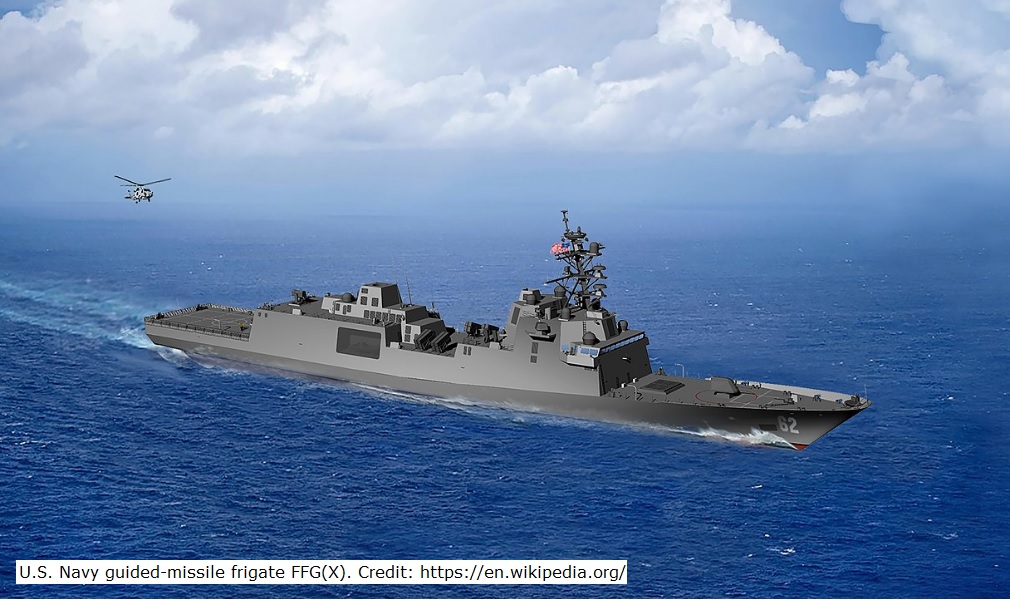
The UK appears to be following the same approach, with its large Type 26 frigate being backed up with more, smaller, less capable Type 31 ships as part of the British National Shipbuilding Strategy announced 6 September 2017.
In Canada, the cost of new warships continues to escalate, but is our navy really getting better, more capable warships? In this respect, the current CSC Requirements Reconciliation process will determine how much capability Ottawa is willing to pay for.[3] If Ottawa decides to give the CSC program its own funding envelope with strict ‘not-to-exceed’ limits, then we will see which capabilities have to be sacrificed before Cabinet is willing to sign a contract. Program funding envelopes of this type were once common, but the NSS appears to prefer incentive contracting with target price ceilings. These ceilings have thus far not done much to curb cost growth on the Arctic and Offshore Patrol Ships and the Offshore Fisheries Science Vessels. In any event, it is a good bet that Canada’s variant of the BAE Type 26 Global Combat Ship will not be significantly more capable than the UK or Australian variants.
At the end of the day, will Canada’s CSC be more capable than a 9,500 ton Arleigh Burke Flight III destroyer? The answer, with possible exception of the CSC’s yet-to-be-developed radar, is a resounding NO, especially in terms of offensive and defensive weapons systems, missile loads, and speed. The question: is Ottawa willing to pay nearly double the price for a single 6,900 ton CSC frigate?
Increasing cost per ship doesn’t necessarily reflect better quality. It may only be an indicator of the greater expense involved in Ottawa’s ‘build-in-Canada’ policy.[4]
Perhaps one reason Canada has concluded that a small number of mid-sized, fairly versatile, general-purpose warships are to be preferred over significantly greater numbers of much smaller, more specialized warships comes down to the fact that smaller never equates to cheaper under Ottawa’s ponderously slow, multi-layered, and always expensive defence procurement system. So why try to buck the trend?
More to follow on NSS costs.
References
- See, Michael Young, “No, That Wasn’t How We Really Got Here,” Canadian Naval Review, Vol. 2.2 (Summer 2006), 30-31.
- Congressional Research Service, “Navy Force Structure and Shipbuilding Plans: Background Issues for Congress,” RL32665, (3 June 2020), 11.
- In the past, Ottawa normally would have had a competitive, partly funded ‘Contract Definition’ stage to determine what capabilities and costs the winning contractor was committed to. Under the CSC project, the competition was for the ship design only, with the contract terms to be negotiated later with the winning bidder.
- See, Procrustes, “The ‘Domestic Premium’ for Building Warships in Canada Revisited,” Broadsides Discussion Forum, 5 July 2020.

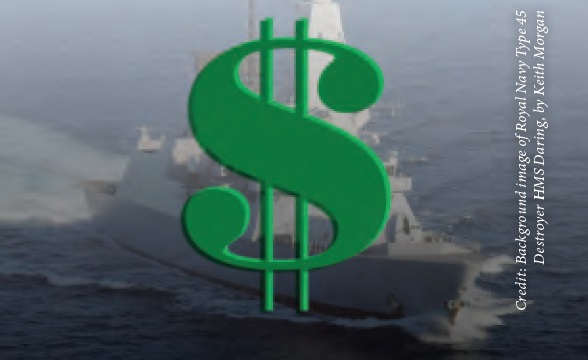
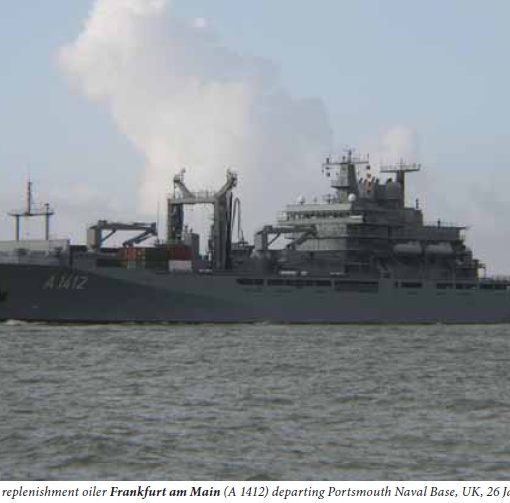
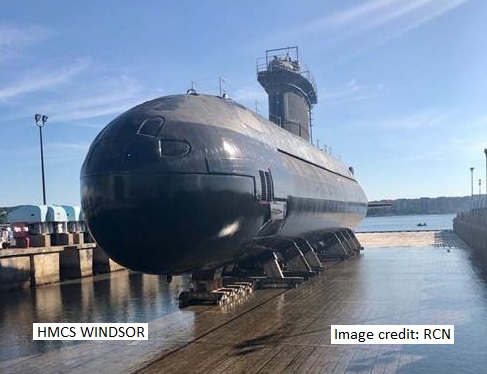
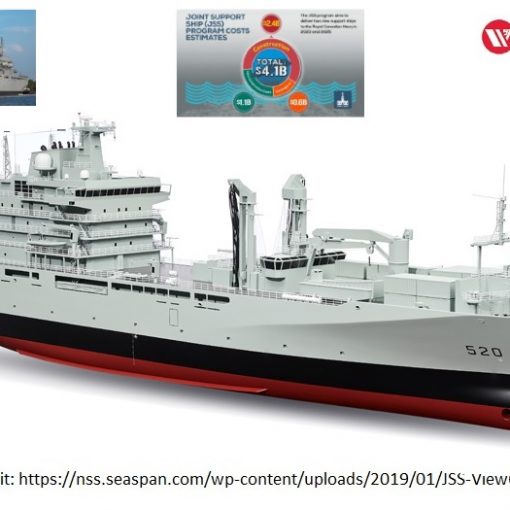
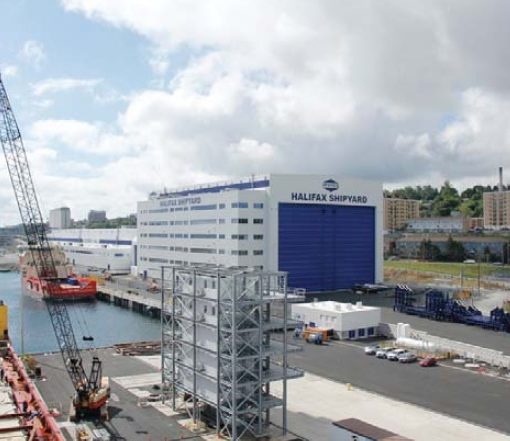
One thought on “Bucking the Trend?”
Procrustes: I agree with some of what you have said but disagree with others. Yes, Ottawa is putting most of its warship ‘eggs in one basket,’ but only because it has to. In my opinion, not only does Canada not have the financial ability to produce more of these ‘cadillacs’ but it could not man them even if we had the where-with-all to do so. The CSC Frigate (at 8000 tonnes by the way), is not a low-to-middle class capability, but a very high-end 5th generation warship with room to grow in the future. This is the Rolls Royce of ships and may very well out-perform both the British City and Australian Hunter class Global Combat Ships (GCS) including speed. Canada’s reality is that it must produce a very capable warship because we are forced to do more with less due to our geography, environment, mission requirements and defence budget.
The CSCs SPY 7 (V) 1 radar system has already been fully developed by Lockheed Martin (LM) and is now more capable than the Arleigh Burke SPY 1 family of radars and rivals the SPY 6 AMDR radar system now being fitted on the Arleigh Burke Flt III destroyers. Yes, the USN FFX (now based on the Italian FREMM class) is a mid-sized frigate, but not ‘low-end’ by any means.
The CSC frigate is a very high-end and capable warship with a combined AAW, ASW and ASuW ability. The first batch of CSC frigates will be AAW orientated, able to take on this roll with weapons like SM-2/3, possibly SM-6, ESSM missile systems in its MK 41 VLS, along with an improved Naval Surface Missile (NSM) and Close In Air Defence System. The new and improved CCMS 330 Combat System by LM will be the key component to all of this. You cannot compare apples to oranges with the Arleigh Burke destroyers and CSC frigates, but in my opinion in terms of Aegis platforms, the CSC can more than hold its own, and will be the back-bone of the RCN for this century. Yes, Canada is ‘bucking the trend’ as you say, however Canada will have a much more capable navy because of it.